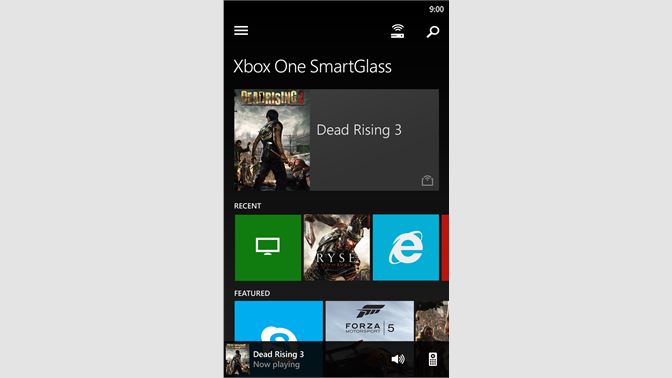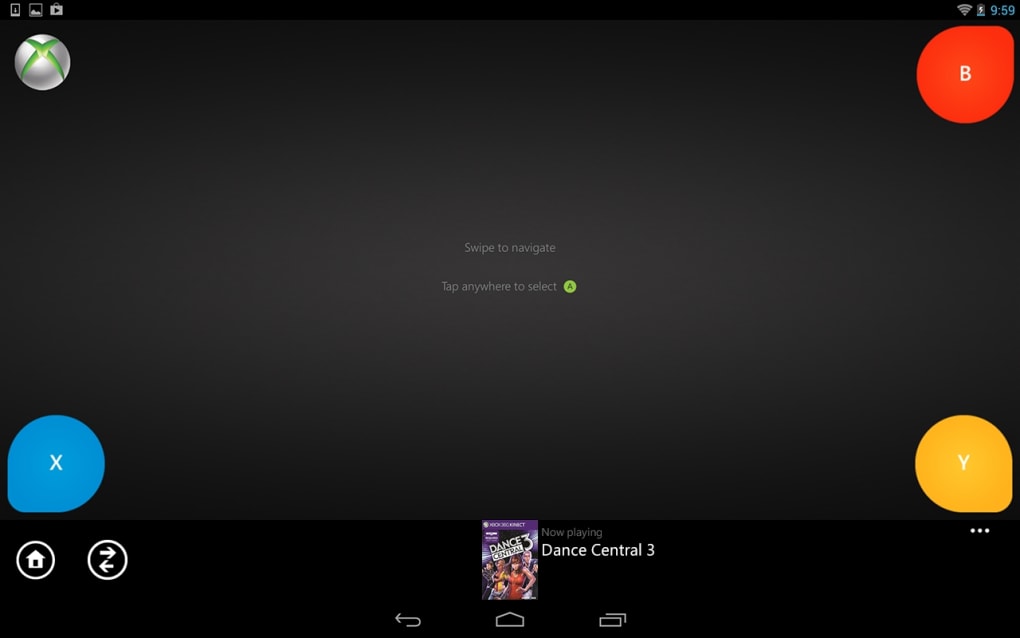

Switches state quickly, handles wear from UV radiation wellĮlectrochromic devices change light transmission properties in response to voltage and thus allow control over the amount of light and heat passing through. The degree of light transmission can be adjusted The following table shows an overview of the different electrically switchable smart glass technologies:Įlectric pulses are used for changing the light transmission New generations of smart glass and smart films include low haze and colors that include: milky white, gray, and blue.Įlectrically switchable smart glass
Applied to dust-free rooms and cleaning rooms, smart films may be used to switch between transparent and non-transparent, and can reduce inconvenience for customers having to wear dust-free clothes passing in and out of the room. Smartglass for mac windows#
Privacy uses in hospitals, e.g., windows of infants' room and intensive care units, replacing curtains, to reduce dust and noise. Glass floor and stairs on the second floor appear cloudy when walked upon, otherwise they are transparent. The glass door of a rest room is transparent when not in use, and immediately turns to a cloudy state when the door is closed. Uses for other special occasions include: Third generation smart film is good for both front and rear projection, and projected images can be viewed from both sides. Smart glass can be used as a switchable projection screen on a store window for advertising. 
Glass display window, protect the products when it is non-transparent, and may used for projection to introduce products when it is transparent, it may be used for store advertising.

Product display and commercial advertisement: The glass is in a cloudy state when out of use, which protects privacy, and when it turns to transparent, one may fully bathed in sunshine.
Lighting cover glass curtain, sunshine house, living room and bathroom compartment. Energy-saving function of glass curtain wall. When the glass is transparent, one can see into or out of the room, and when it is non-transparent it can be used as a projection screen. Applied to the glass enclosure of a conference room. When it is sunny and the indoor temperature is low, the smart glass enters a transparent state. A transparent or haze temperature control film makes the smart film enter a haze state when it is sunny and the indoor temperature is high. Smart glass can be used for energy-saving heating and cooling in building by controlling the amount of sunlight which passes through a window. Companies continue to attempt various installation methods in order to use the film by itself without having to add the lamination cost.Īpplications Electric curtain 4.2 Polymer-dispersed liquid-crystal devicesĭue to moisture sensitivity, earlier versions of the film were used only to make smart glass by lamination on glass. Smart glass can combine many functions, such as natural light adjustment, UV and infrared blocking, advertising and security. Some advantages of smart windows is that they can eliminate the need for blinds, shades or window treatments. When installed in the envelope of buildings, smart glass creates climate adaptive building shells. Smart glass technologies include electrochromic, photochromic, thermochromic, suspended-particle, micro-blind, and polymer-dispersed liquid-crystal devices. Some types of smart films can also be used to convert regular windows into smart glass either using a self-adhesive smart film or special glue. Smart glass can be constructed by lamination with a smart film or switchable film, often using either glass, acrylic or polycarbonate laminates. In general, the glass changes from transparent to translucent and vice versa, changing from letting light pass through to blocking some (or all) wavelengths of light and vice versa. A smart glass or switchable glass (also called smart window or switchable window in those applications) is a glass or glazing whose light transmission properties are altered when voltage, light, or heat is applied.







 0 kommentar(er)
0 kommentar(er)
